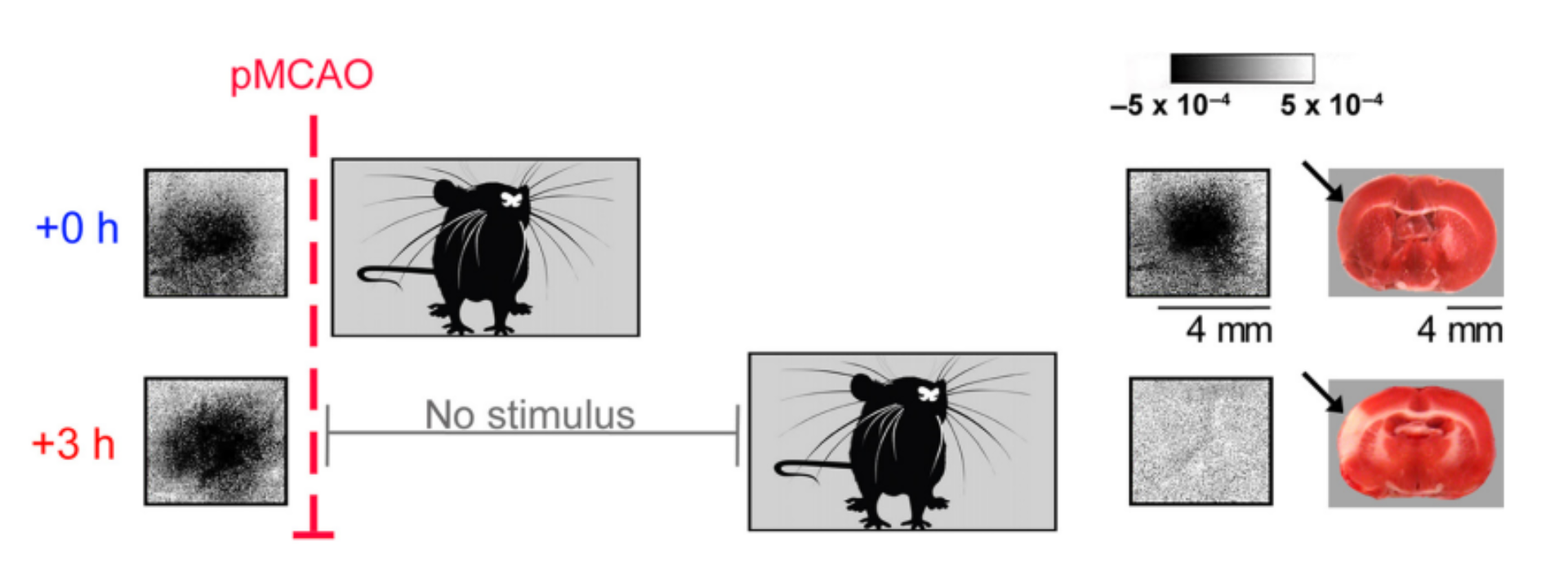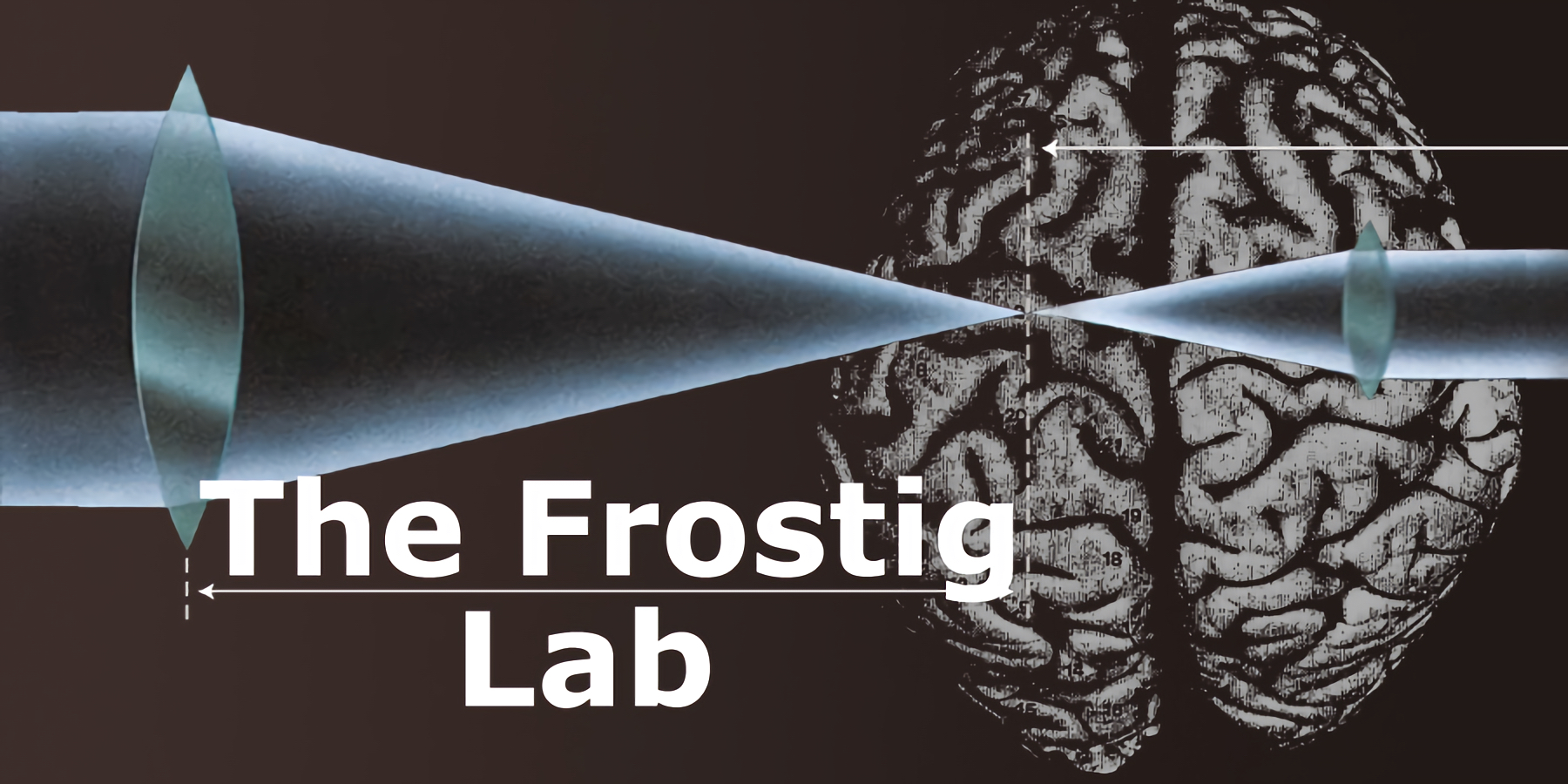NEOCORTICAL PLASTICITY
Cortical structure and function are dynamically organized to create optimal perception of our environment. To unravel the rules underpinning cortical plasticity, we use cutting-edge techniques to target large neuronal ensembles which are dynamically constructed from many thousands of active, interacting neurons in the rodent’s somatosensory, auditory, and visual cortices. Neocortex is a continuously dynamic entity underpinned by structural and functional plasticity, which we have investigated for many years in basic and pre-clinical research.
Basic Research:
We discovered a major new type of neocortical plasticity, when rats were allowed to naturally behave outside their cages, a plasticity that was opposite in direction and strength to traditional neocortical plasticity seen when rats stayed in their cages. These findings led us to change our views on what is the optimal animal model for neuroscientific research. We believe that to have a realistic animal model of the human brain, we need to transfer research animals out of their small and impoverished cages to an environment that imitates their natural environment. We had therefore established the naturalistic habitat – a large, soil filled container within the vivarium where rats can express innate behaviors that they can’t typically express in their breeding facilities or in cages. These include running, jumping, climbing, interacting with other rats, and digging an elaborate tunnel system where they sleep during daytime (rodents are nocturnal). We have demonstrated that compared to caged rats, rats living for about a month in the habitat showed major functional and structural neocortical plasticity. We have recently extended this unique environment by creating the extended naturalistic habitat that occupies an entire room in the vivarium with the addition of various wooden structures that further enrich the habitat and are also used to challenge rats to solve problems within the habitat (see in the ‘Social Neuroscience’ section). We believe that our habitat approach helps to narrow the gap between ethological studies of animals in nature and lab-based studies. Video below.
Pre-Clinical Research:
Protection from impending ischemic stroke in a rat model. By serendipity we found a new type of plasticity: neurovascular plasticity. This plasticity was found in a rat model of ischemic stroke (permanent occlusion of the middle cerebral artery – MCA). Applying functional imaging, neuronal recordings with microelectrode arrays, blood flow imaging techniques, and behavioral studies, we found that there is window of about two hours following MCA permanent occlusion where a tactile (whisker) stimulation protects the neocortex functionally and structurally from impending damage (infarct) in both young adult and in old rats. We have discovered, and continue to investigate, the neurovascular and metabolic mechanisms that underpin this new type of plasticity. Image below.

